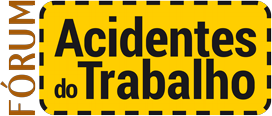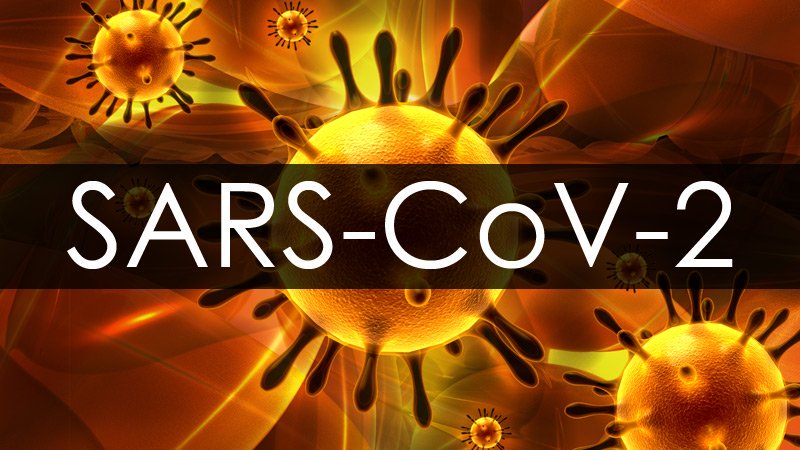Novo número do Scandinavian Journal of Work, Environment and Health
veja sumário e links de acesso aos artigos.
Temas explorados envolvem duração de jornadas e doenças cardiovasculares, Trabalho em turnos e efeitos na saúde, Estresse no pós covid -19 e outros.
Talvez interesse a vcs.
|
|
|
|
|
- Efetue login ou registre-se para postar comentários






